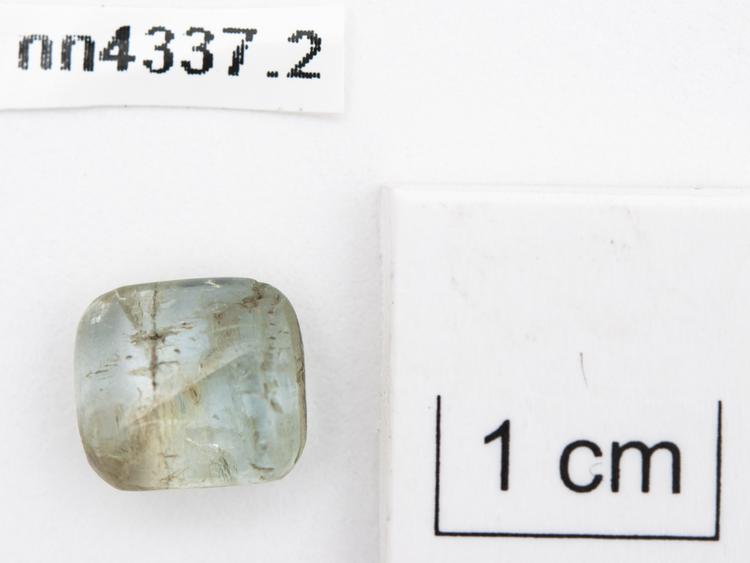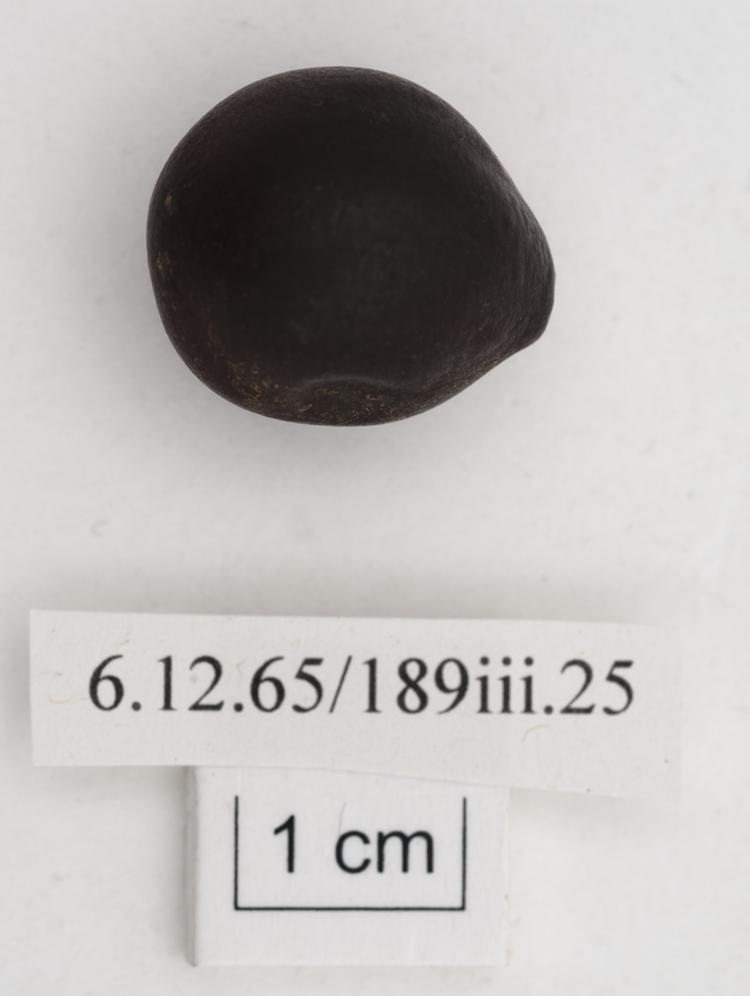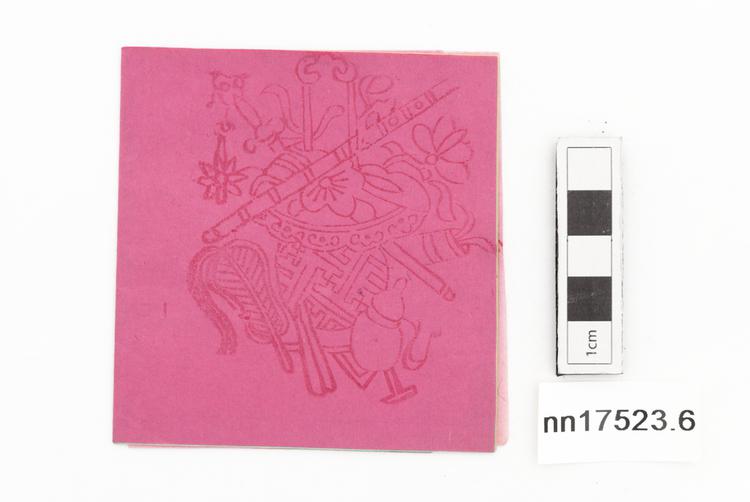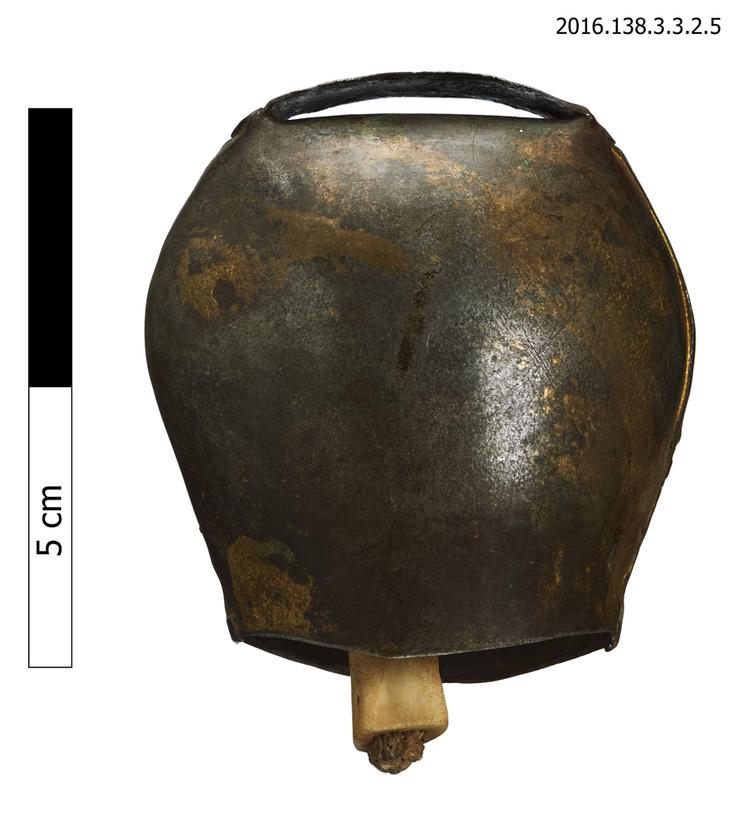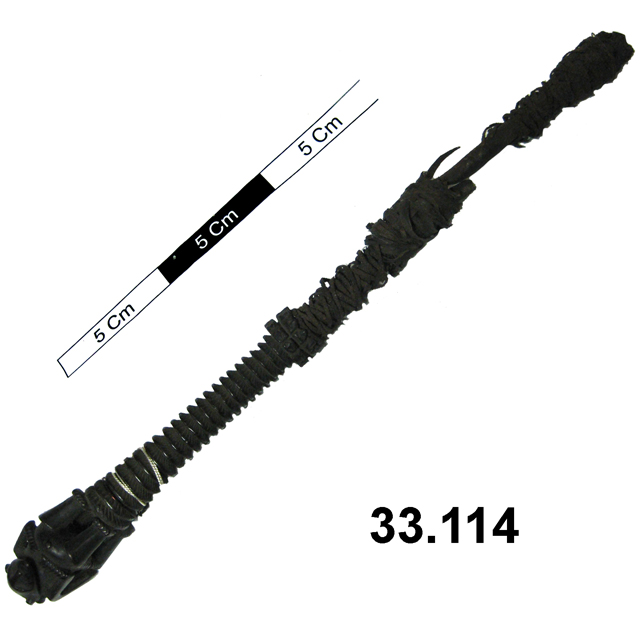
Carved wooden fly whisk handle, finely carved with a highly abstracted depiction of a four-legged Janus-figure anthromorph at the pommel. Due to the object's breakage and re-binding in the Australs with the lower end of the shaft tied in the wrong way around, and without its cordage whisks, it is likely to have been one of the several fly-whisks which became chiefly god-images after their owners' death.
Fly-Whisk Handle, Tahiri, Austral Islands, Central Polynesia This fly-whisk handle would have originally been attached to a bunch of finely plaited coconut-fibre cords. As in some parts of Africa, fly whisks were important items of chiefly regalia in Polynesia, and when an Austral Islands chief spoke, he would often emphasise his words with a flourish of his fly-whisk. Prolonged physical contact with the chiefly body, and associations with expressing the chief’s will, gave all such handheld objects a quality of mana (supernatural effectiveness) and tapu (forbidding sacredness) throughout Polynesia. In several cases, finely carved fly-whisk handles such as this became viewed as containers or vehicles of chiefly ancestral spirits, and were set apart as wooden god-images (to‘o). This understanding of their role as spirit-vehicles led them (like drums and other fine carvings from the Australs) to be carved with humanoid figures on them that symbolised the life within. We can see that such a religious role is likely for this example, because it has been broken at some time in its history of local use in the Australs, had its upper shaft reversed, and been lashed back together with coconut-fibre cordage. This repair would have been useless if the whisk was still being used to ward off flies, and meaningless unless the object was being used for some other purpose. The squatting humanoid figures on the whisk’s pommel stand back to back and share a spine. These Australs figures are particularly distinctive, with unusual ‘horns’ that represent a popular double-topknot hairstyle and swollen bellies that reflect the fact that mana was understood to accumulate in the belly. Wood. Early 19th Century. Formerly in the private collection of Mrs A. R. Wright.



